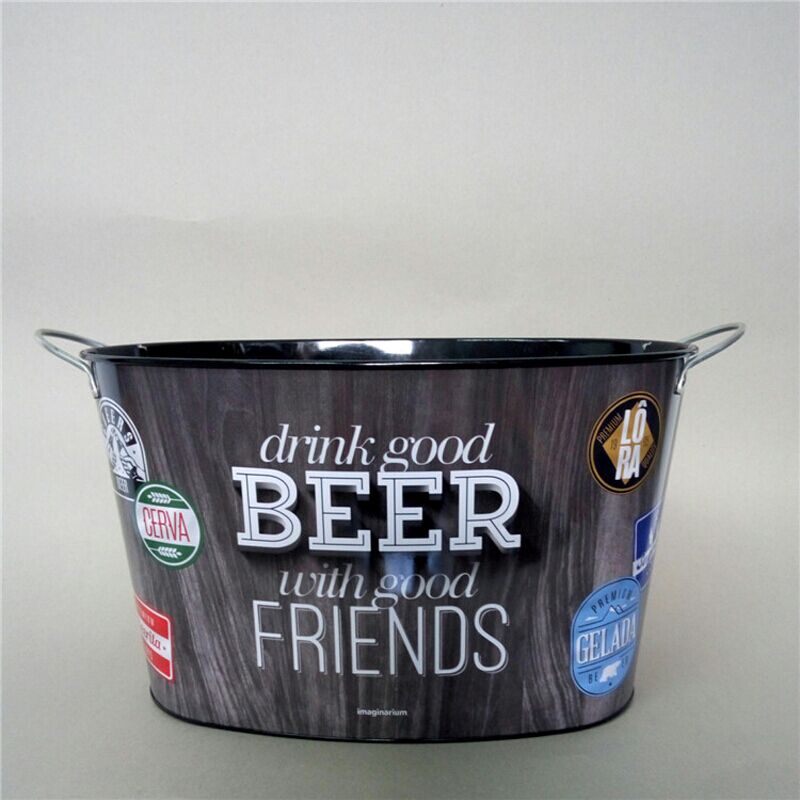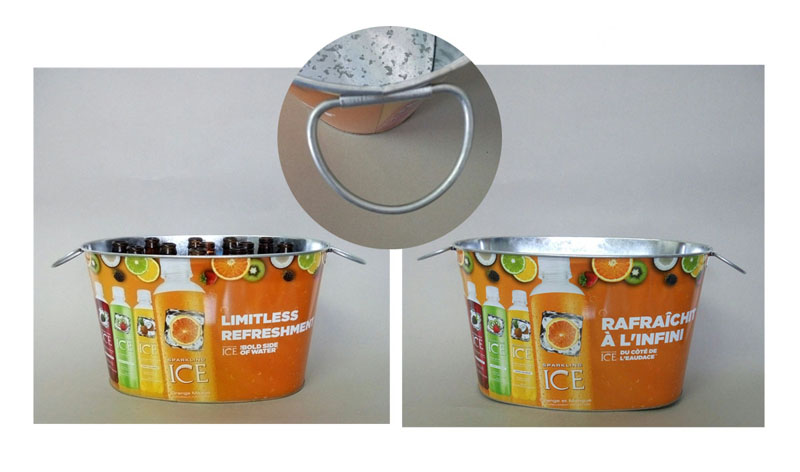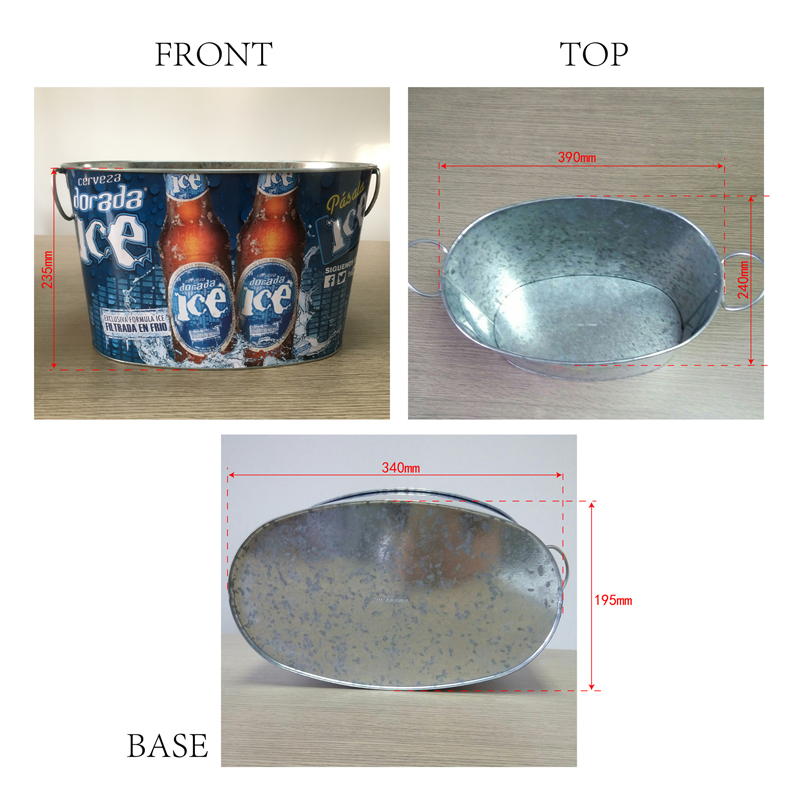Food packaging printing security testing
The carton pack made of eco-friendly paper or cardboard, such as cigarettes and snack foods for children, is processed by various printing methods. The ink adheres to the paper, and no harmful substances are transferred to the food. How can the safety of the product be tested?
We know that printed packaging materials have different degrees of odor, depending on the composition of the ink used and the printing method. First of all, it should be noted that the emphasis is not on what the scent it emits is, but on the actual impact of the package formed after printing on its content.
As we all know, taste and smell are chemical sensations, and their stimulatory effects are the result of biomolecular reactions. Scientific research shows that: different positions of the tongue will produce acid, sweet, bitter, salty taste effects, and the sense of smell is more sensitive, can quickly smell the nuances of odors, but the same nose is also very easy to "fatigue" Continuing to work, it is generally recommended that perfumers do not continuously identify more than three flavors. Then, what is the testing standard for the odor of packaging prints? There is a detection method used by the German printing industry.
1. Gas chromatographic analysis
Gas chromatographic analysis is widely used in the production of gravure printing packaging materials. The content of residual solvents and other odors on the printed package can be objectively determined by gas chromatography analysis. During gas chromatography, the gas passes through a separation column and is measured by the detector. Even a small amount of gas can be detected. The Flame Ionization Detector (FID) is its primary detection tool. The detector is connected to a PC to record the time and amount of gas leaving the separation column. Each free monomer condition can be identified by comparison with known fluid chromatography. At the same time, the content of each free monomer can be obtained by measuring the area of ​​the recorded peak and comparing with the known volume. When examining the case of unknown monomers in folding cartons, gas chromatography is usually used together with mass spectrometry (MS) to identify unknown monomers by mass spectrometry. In GC analysis, the headspace analysis method is usually used to analyze the folding carton, and the sample to be measured is placed in a sample vial for heating to vaporize the analyzed monomer and enter the headspace. The subsequent process is the same as the previous method. The same test procedure is described.
2. Robimson test
The Robinson test was scaled in the German standard DIN log 55 "Influence of packaging materials on the taste of test materials". For printing, what people are concerned about is the effect of solvent residue after ink printing. Therefore, the printing factory usually uses the modified Robinson test method (MHM) to achieve the purpose of detection.
During the inspection process, the surface of the substrate is printed with an amount of ink of 1.5% m2, and then the printed matter and packaged product, such as chocolate, are weighed for a certain period of time (approximately one day) and evaluated for the taste of the package. The results are usually divided into 5, etc.: No changes in taste, such as 0; 1 etc. It is difficult to discern the change of taste; 2 etc. The taste has a slight change; 3, etc. have a certain change in taste; 4 other tastes have obvious changes. Occasionally, some people also perform tests under actual environmental conditions. For example, the carton is placed under a high temperature of 75% RH, and the results are generally quite different from those specified in DIN log 55.
The above two methods have quantitatively tested whether the effect of the ink on the odor and taste of the package after printing of the printed matter is safe through practical means, thereby providing a definitive method for evaluating whether the carton package printing is environmentally friendly and safe. China's printing factories and relevant departments can make reference to foreign advanced detection methods and international standards, formulate testing methods and standards that are in line with international standards, and in line with China's production conditions, so as to promote the development of the printing industry.
This type of ice barrel have the big size capacity,and have fixed handles and flexible handles. The handles are useful and portable and the beverage zinc tub with full color printing and low prices.
Description of the 15QT ice bucket:
Name:15QT Ice Bucket
Spec:Φ390×Φ240/Φ340mm×Φ195mm×235mm
Material: galvanized iron
Note: can hold 12 beer bottles of 355ml
Fields of applications: bar, party, hotel, home, outdoor activity




1.Are you factory ?
Yes. A professional Ice Bucket and Tin Tray manufacture.
2.Are your products the lowest prices ?
EXW, the same quality, we are much cheaper than other suppliers.
3.Can we customized product ?
Yes, Tailor-made tooling for your own design is welcome.
4.What is the transportation ?
If small quantity, we suggest that sent by Courier, If large amount, by shipping.
5.If goods are damaged in transit, how to do ?
Products are inspected strictly before shipping, if damage, they can be replaced .
15QT Ice Bucket
15Qt Ice Bucket,Foldable Silicone Ice Bucket,Ice Bucket With Lid,Triangle Plastic Double Layer Bucket
True & Bright Metal Packaging Co.,Ltd.KaiPing , https://www.tnbcan.com